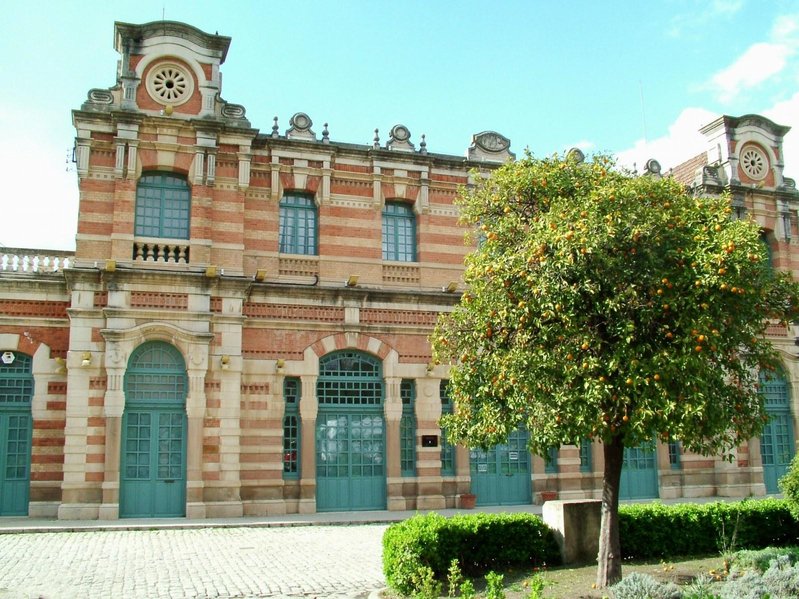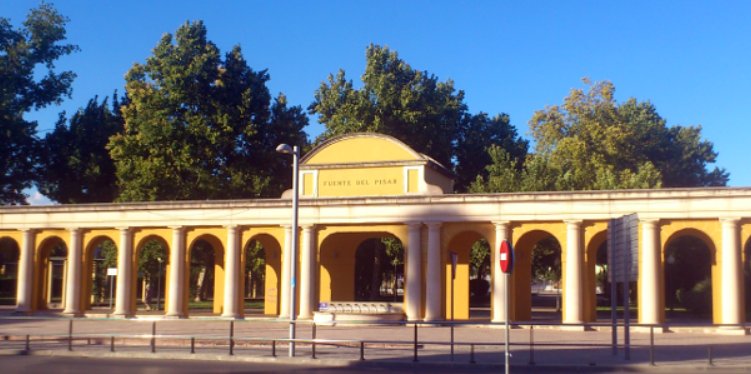Linares

This important and densely populated city is situated in the centre of the province, at the foot of the Sierra Morena Mountains, surrounded by cork oaks and olive trees. Throughout the area, we can find numerous chimneys and other industrial remains, silent witnesses of its mining past.
Nowadays, it is the most important industrial centre in the province, as it is clearly shown in its urban appearance, an eclectic (and to some extent, amorphous) combination of styles which is characteristic of the cities with a fast and disorganized growth.
However, the city preserves examples of its rich and varied past, churches, noble houses and other buildings of interest such as the Church of Santa María la Mayor, the Church of San Francisco of Asís, the main door of the Palacio de Justicia (Court House), the Chapel of Nuestra Señora de Linarejos, the Hospital of the Marquises of Linares, the Zambrana Palace, Pajares House, the Old Pósito (a communal granary), the House of la Munición and Money, the House-Museum of Andrés Segovia and the sadly well known Coso de Santa Margarita (Bullring), because of the death of the great bullfighter Manolete.
Other places of interest are the ruins of the Roman Village of Cástulo, the Roman Bridge of Pielago, the Castle of Tobaruela, the Guadalén and La Fernandina Reservoirs and the ruins of San Luis and La Cruz foundries.
History
The village was the old Cástulo, founded by the Iberians. It was a key place in mining and an important crossroads due to its location.
Thanks to its silver and lead mines, the village attracted the Oretans. Three hundred years later, the Carthaginians also occupied these lands.
In the same way, during Roman times its mines were worked to satisfy the needs of the Empire. The village was one of the most important places along the "Silver Road", which linked Cordoba and Cartago Nova. During this period, it became the first village in the Oretania, with a great mining and agricultural importance and a flourishing trade.
The present village owes its name to a quiet spot, near Castulo, which belonged to the army, called Linarium. Wars and invasions finished with Castulo and the population took refuge in the mining hills, passing to Baeza's jurisdiction.
King Fernando III reconquered the village in 1227. It already had its present name and it was given its own Council. There were constant fights with Baeza, especially during the reign of Juan II. .
King Carlos V granted Village charter in thanks for its efforts to eradicate the outlaws from these lands.
Agriculture suffered a major setback at the end of the 18th century with the foundation of the new Sierra Morena colonization villages, as its municipal district decreased with the creation of La Carolina, Guarroman and Carboneros, forcing the people to live almost exclusively from the mining economy.
During the 19th century, the village started a period of economic growth with the work in its mines, reaching its peak during World War I, with some arms industries.
In 1875 it received the title of City.
Nowadays, the city lives not only from the mines but also from its numerous industries: car, electrochemical or food.
Eminent citizens
Palomo Linares, bullfighter.
Andrés Segovia, guitarist.
Pedro de Padilla, poet.































